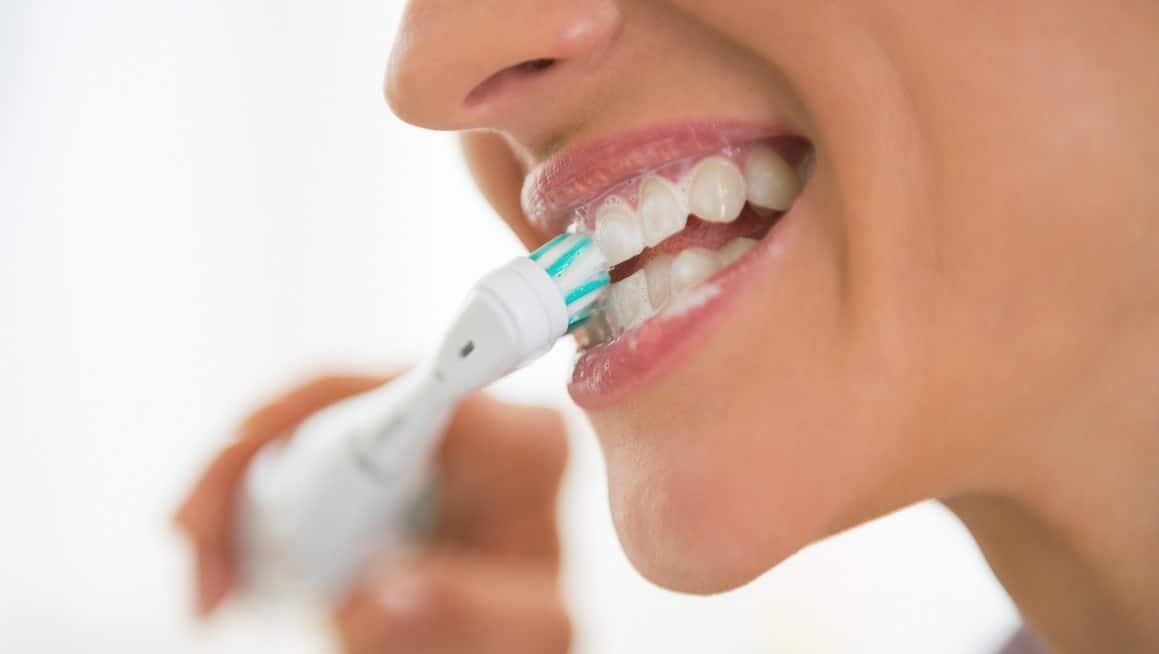10 Tooth Removal Tips For Easy Recovery
When it comes to tooth removal, also known as tooth extraction, the recovery process can be a significant concern for many patients. While the procedure itself is typically straightforward, the days and weeks that follow can be crucial in ensuring a smooth and easy recovery. In this article, we will delve into the world of tooth removal, exploring the intricacies of the procedure, and providing you with 10 valuable tips to make your recovery as comfortable and hassle-free as possible.
Understanding Tooth Removal
Before we dive into the recovery tips, it’s essential to understand why tooth removal might be necessary. Teeth are removed for a variety of reasons, including decay, injury, or crowding. The process involves a dentist or oral surgeon using local anesthesia to numb the area around the tooth, and then carefully extracting the tooth. In some cases, surgical extraction may be required, especially for impacted teeth like wisdom teeth.
Recovery: What to Expect
The recovery period after a tooth extraction can vary from person to person, but generally, it takes a few days to a week for the initial healing to take place. During this time, it’s common to experience some discomfort, swelling, and bleeding. However, with the right care and precautions, these symptoms can be minimized, and you can ensure a swift return to your normal activities.
10 Tooth Removal Tips for Easy Recovery
1. Follow Your Dentist’s Instructions
Your dentist or oral surgeon will provide specific instructions tailored to your recovery needs. Following these instructions closely is crucial for a smooth recovery. This includes information on pain management, diet, and oral hygiene.
2. Manage Your Pain
Use pain medications as directed by your dentist. Over-the-counter pain relievers are usually sufficient, but in some cases, prescription medications may be necessary. Always follow the recommended dosage to avoid any potential side effects.
3. Bleeding Control
Bleeding is a natural part of the healing process, but excessive bleeding can be a concern. Apply gentle but firm pressure with gauze to the extraction site for about 20 minutes if bleeding persists. Elevating your head when lying down can also help reduce bleeding.
4. Diet
Stick to a soft diet for a few days after the extraction. Foods like yogurt, scrambled eggs, and mashed potatoes are good options. Avoid hot, spicy, or hard foods that could irritate the extraction site or dislodge the blood clot.
5. Stay Hydrated
Drinking plenty of water is essential to keep your mouth moist and help your body heal. However, avoid using a straw for the first 24 hours, as the suction could dislodge the blood clot.
6. Rest
Give your body the rest it needs. Avoid strenuous activities for at least 24 hours after the extraction. Lying down and elevating your head with a few extra pillows can help reduce swelling.
7. Oral Hygiene
While it’s essential to keep your mouth clean, be gentle around the extraction site. You can resume your normal brushing and flossing routine, but avoid the extraction site for a few days. Rinsing your mouth with warm salt water several times a day can help reduce swelling and alleviate pain.
8. Avoid Smoking and Alcohol
Smoking and consuming alcohol can significantly delay the healing process. Smoking, in particular, can lead to complications such as dry socket, a painful condition that occurs when the blood clot is dislodged.
9. Cold Compress
Applying a cold compress to the outside of your cheek near the extraction site can help reduce swelling and ease pain. Wrap an ice pack or a bag of frozen peas in a cloth to avoid direct contact with your skin.
10. Attend Follow-Up Appointments
Your dentist may schedule follow-up appointments to ensure the extraction site is healing properly. These appointments are crucial for monitoring your recovery progress and addressing any concerns you might have.
Conclusion
Recovering from tooth removal requires patience, diligent care, and adherence to your dentist’s advice. By following these 10 tips, you can significantly reduce the risk of complications and ensure your recovery is as smooth and easy as possible. Remember, every individual’s healing process is unique, so if you have concerns or questions, don’t hesitate to reach out to your dental care provider. With the right approach and care, you’ll be back to your normal routine in no time.
How long does it take to recover from a tooth extraction?
+Recovery from a tooth extraction typically takes a few days to a week. However, this timeframe can vary depending on the complexity of the extraction and individual healing processes.
What are the signs of a complication after tooth extraction?
+Signs of complications can include increased pain, swelling, bleeding that doesn’t stop after 24 hours, fever, or a foul odor from the extraction site. If you experience any of these symptoms, contact your dentist immediately.
Can I drive after a tooth extraction?
+It’s generally advised to avoid driving for at least 24 hours after the extraction, especially if you’ve been given sedation or anesthesia. The effects of these medications can impair your ability to drive safely.
How can I reduce swelling after a tooth extraction?
+Applying a cold compress to the outside of your cheek near the extraction site can help reduce swelling. Additionally, keeping your head elevated when lying down can also help minimize swelling.
Can I smoke after a tooth extraction?
+No, it’s highly recommended to avoid smoking for at least 24 to 48 hours after a tooth extraction. Smoking can delay healing, lead to dry socket, and cause other complications.
How long should I take off work after a tooth extraction?
+Typically, taking a day off is sufficient for most patients. However, if your job involves strenuous activities or you’re not feeling well, you might consider taking an extra day to rest and recover.

